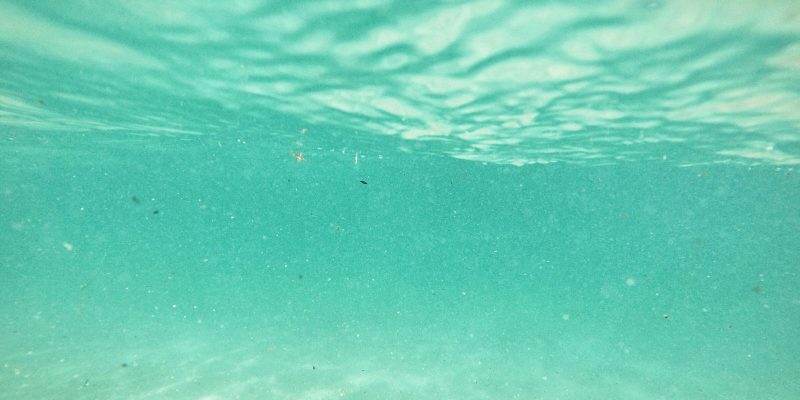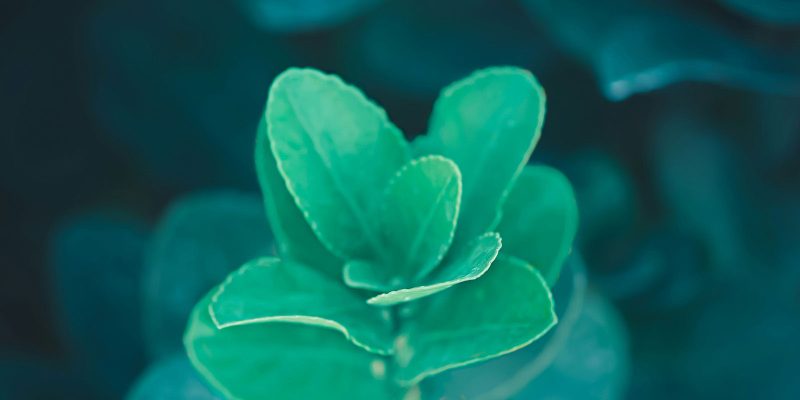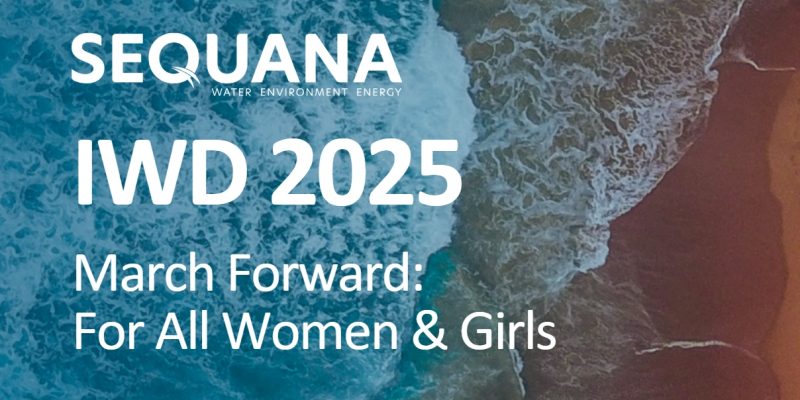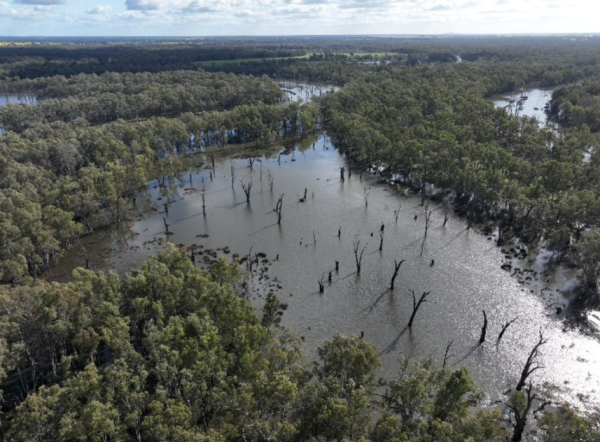
Murray River – Sequana
For more than 65,000 years, Aboriginal and Torres Strait Islander peoples have cared for Country by observing the land, water, and sky and nurturing a deep yet diverse cultural landscape throughout generations. With around 250 unique languages and 300 distinct groups spanning across Australia from Saltwater, Freshwater, River, Desert, Forest or Islander people – all groups have different cultures, beliefs, values and ways of life.
From the creation stories to the rituals and ceremonies, water is perceived as a continuous life-giving force and a source of spiritual and cultural significance. More than just a resource needed for survival, water connects First Nations people to the land, their ancestors and spirituality – it is a symbol of life, fundamental to wellbeing.
Australia’s ecosystems and First Nations cultures are deeply intertwined. This interconnection is showcased in the documentary More than a Fish Kill, which examines the mass fish deaths along the Darling River and how they impact both the environment and the wellbeing and spiritual connection of First Nations people to water. It brings together artists, scientists, and Traditional Custodians to share perspectives and heal together.
National Reconciliation Week (NRW) is hitting the ground running, and water rights are, more than ever, a crucial part of First Nations rights and sovereignty. With the NRW 2025 theme, Bridging Now to Next, it encourages us to reflect the ongoing connection between past, present and future – like the continuous water stream. At Sequana, we understand that marching towards reconciliation and self-determination of First Nations communities across Australia is also about ensuring that water management encompasses traditional knowledge and continues to move towards being led by First Nations communities.
Ancestral relationship to water
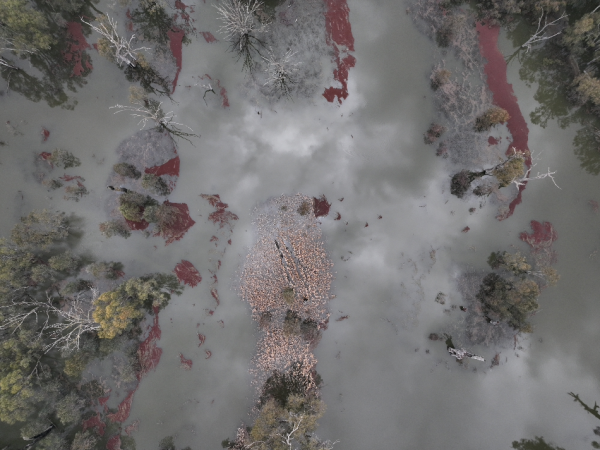
Murray River – Sequana
“The relationship I share with Martuwarra is an ancestral one; a relationship I inherited from my ancestors. For tens of thousands of years our people lived in harmony, balance and peace alongside the banks of Martuwarra, Fitzroy River in Western Australia. Martuwarra was created by Yoongoorrookoo, the powerful and sacred Rainbow Snake, the giver of rain and life. Yoongoorrookoo, travels high up in the sky, down through the rivers, the air, the sea, cradled within the earth’s aquifers and held in us. We are all descendants of, interconnected with, and dependent on water,” says Marlikka Perdisat, a Nyikina Warrwa and Wangkumara Barkindji digital storyteller and researcher with the Martuwarra Fitzroy River Council.
Throughout history, First Nations’ communities have fought for recognition of their water rights. In the 1990s, governments made attempts to restore river health in the Murray-Darling Basin by limiting water extraction, yet it was done without collaborating with First Nations communities. Today, First Nations held water entitlements in the Murray-Darling Basin account for just 0.2% of available surface water, despite First Nations people constituting 9.3% of the population in that region. While Native Title was first officially recognised in 1992 in the High Court case of Mabo v Queensland, which overturned ‘terra nullius’, First Nations’ water rights are still evolving.
Ongoing advocacy and legislation efforts are pushing for stronger legal protections, equitable access to water and shifting non-Indigenous laws and management plans. For instance, the Victorian Water is Life Roadmap recognised First Nations’ water uses for traditional purposes, and ongoing reforms aim to integrate Indigenous knowledge into water management.
Indigenous practices and water management
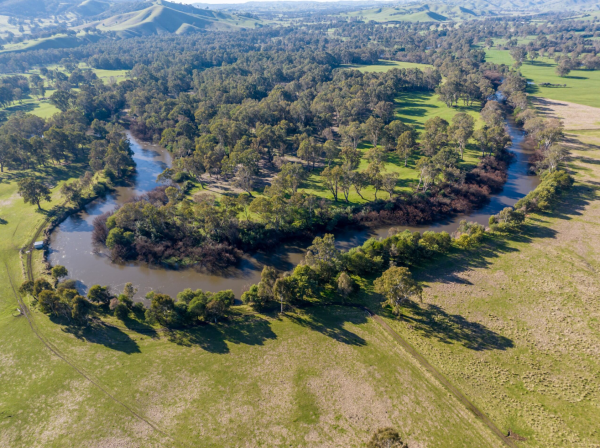
Goulburn River, Sequana
“Water is the life for us all. It’s the main part. If we are gonna lose that I don’t know where we gonna stand. If that water go away, everything will die. That’s the power of water. He connects with the land. Pukarrikarra (the dreaming) put ‘em all together. One life,” says John ‘Dudu’ Nangkiriyn.
By protecting the waterways and ecosystems, species are preserved, and so is Indigenous spiritual, cultural and community wellbeing. In recent years, there has been a growing recognition of the need to restore First Nations water rights and overturn ‘aqua nullius’. Legislative amendments and government approaches are seeking to ensure First Nations involvement in waterway management is based on a model of partnership and self-determination, a significant shift from an engagement model which saw limited self-determination opportunities. Improvements are moving towards a transformation in governance and the way waterway management is planned and delivered in Australia.
Recent work by the CSIRO, led by First Nations scientists including Bradley Moggridge, presents a powerful Indigenous Research Methodology (IRM) for understanding and building resilience to drought. This approach embeds indigenous science through means such as cultural indicators that may signal concurrent natural processes to guide research efforts. Applying the IRM through a co-designed approach offers an important framework to shape strategies in meaningful ways, allowing a sustainable response to climate change.
A Country-centred approach – respecting, recognising and empowering cultural and First Nations knowledge and leadership at a strategic and on-ground level – can and should be woven into waterway management planning and delivery. It is this shift that this year’s National Reconciliation Week theme encourages us to consider and embrace.
This approach builds and strengthens relationships between waterway managers and government agencies and First Nations Communities and fosters meaningful and tangible on-ground outcomes.
While there is no one-size-fits-all solution, a clear, culturally appropriate, locally contextual plan with tangible on-ground opportunities and commitments can be transformative for First Nations community’s betterment. This aims to ensure that ancient knowledge systems are embedded into contemporary waterway management, moving away from aqua nullius. It is the way to reflect on the past, be accountable in the present time and build a sustainable future for all communities across Australia.
At Sequana, we are committed to working toward more resilient approaches that build capacity and ensure First Nations people have not only a voice but an active role across water landscapes. Our values and behaviours are embedded through continual improvement, inclusion and commitment towards supporting First Nations leadership and self-determination opportunities within the water, environment and energy sectors. Our day-to-day work is not business as usual – we carefully consider how we deliver projects informed by ongoing ethical governance practice, conversations and collaboration with clients, First Nations groups, organisations and other stakeholders.
